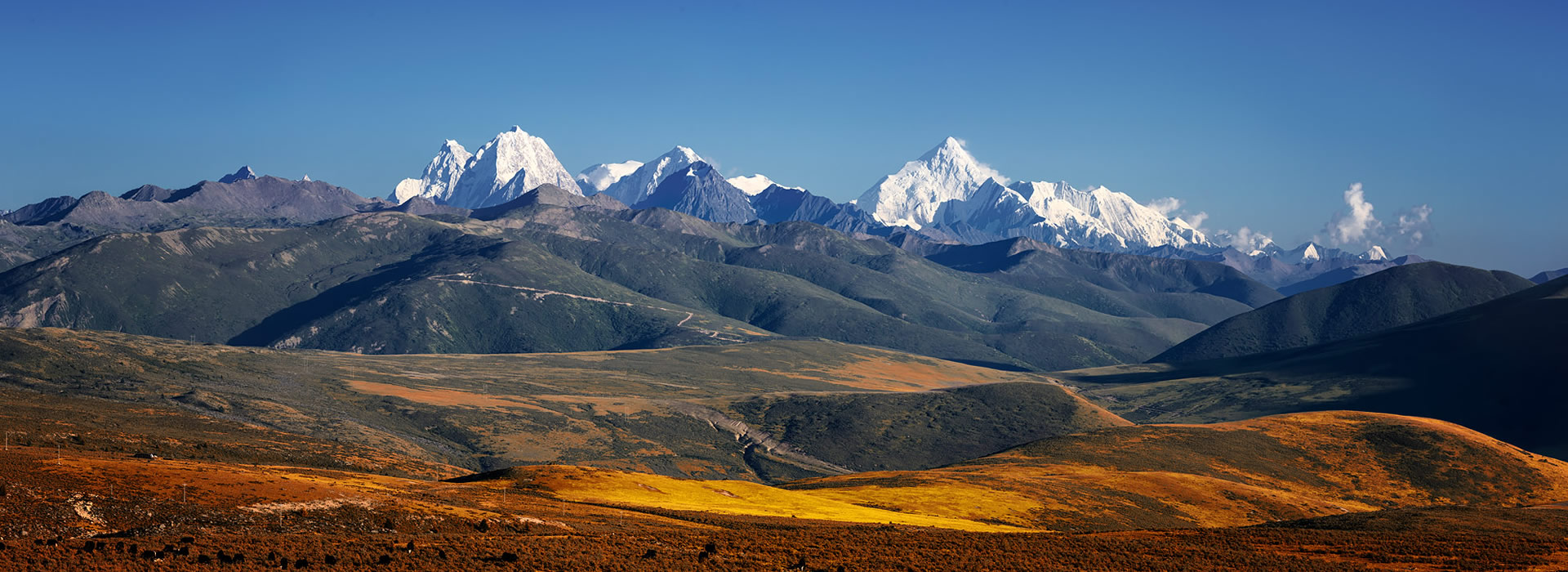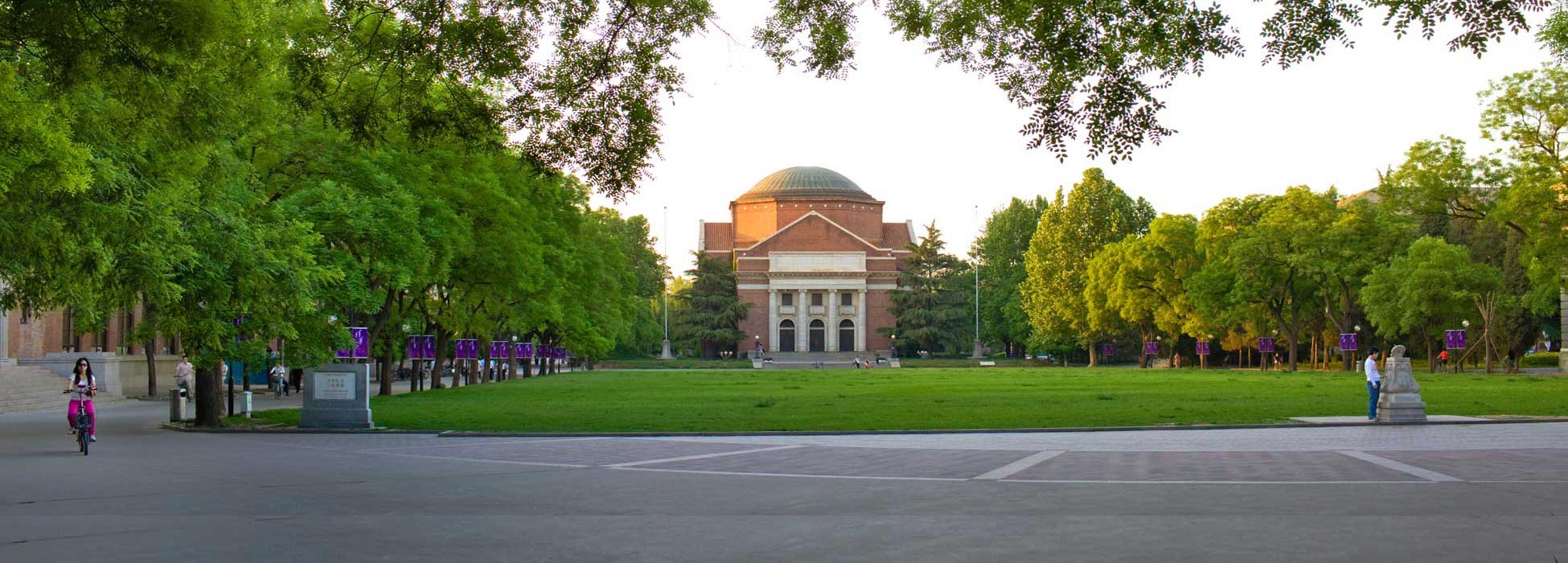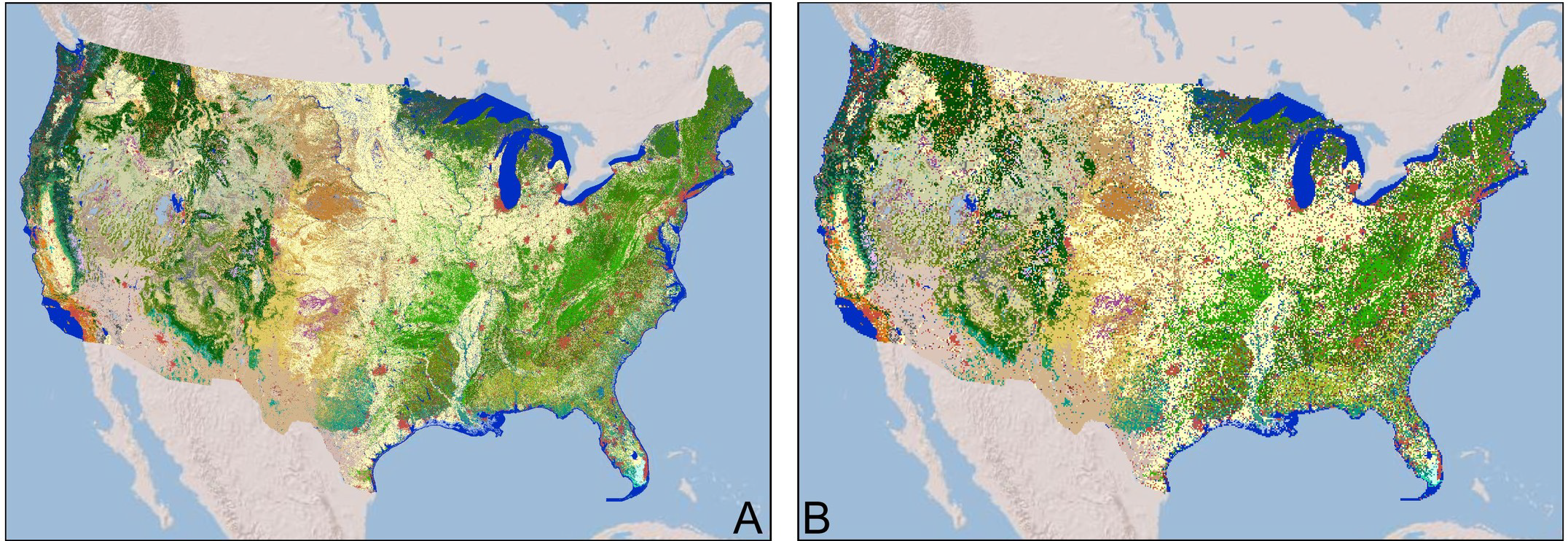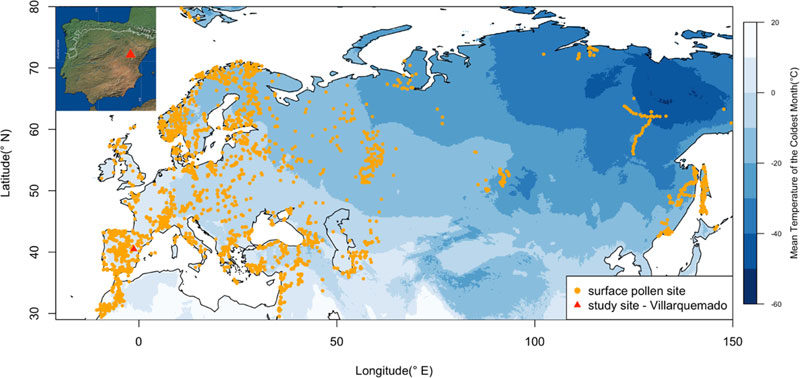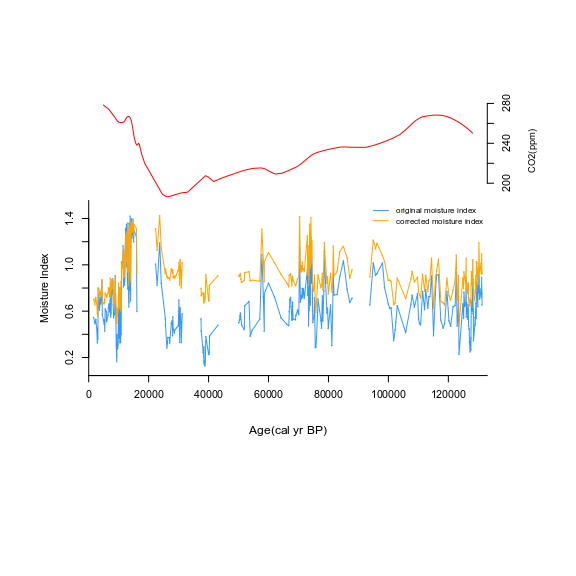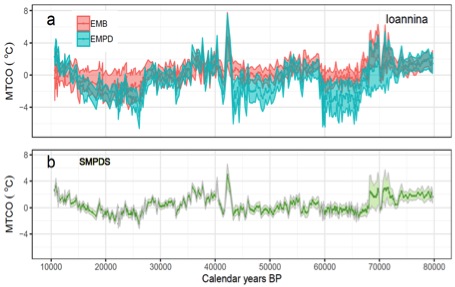I have been interested in plant hydraulics since I was an undergraduate. After I joined LPICEA at Tsinghua University, my supervisor Han Wang gave me the chance to learn about…Read More >
climate reconstruction
Virtual visit to Tsinghua by Sandy Harrison
I have been working virtually with the Tsinghua team (Han Wang, Huiying Xu, Shengchao Qiao, Yanghan Ren, Ziqi Zhu, and Colin Prentice) for the last 14 days. We focused particularly on…Read More >
Classifying Land Use Practices in the Holocene by Sandy Harrison
The possibility that people had a significant effect on global climate in the pre-industrial era is still a matter for debate. The introduction and spread of agriculture during the Neolithic…Read More >
Reconstructing long-term climate change in Spain by Sandy Harrison
The SPECIAL group has a long history of working with scientists from the Instituto Pirenaico de Ecología in Zaragoza, first through the DINAMO3 project and now through the wonderfully named…Read More >
An improved statistical approach for reconstructing past climates from biotic assemblages. By Mengmeng Liu
How to know the climates at the remote past? Unfortunately, we don’t have a time machine to go back and measure them. We have to infer them from some indicators….Read More >
What are the drivers of regional-scale speleothem oxygen isotope trends? By Sarah Parker
The first paper of my PhD, “A data-model approach to interpreting speleothem oxygen isotope records from monsoon regions on orbital timescales”, is available online at Climate of the Past Discussions…Read More >
The impact of methodological decisions on climate reconstructions using WA-PLS. By Mark Turner
Finally… long in the making, my “method” paper is out in Quaternary Research http://dx.doi.org/10.1017/qua.2020.44 today. It could not have been completed without a great deal of help from my co-authors…Read More >
A Method for Generating Coherent Spatially Explicit Maps of Seasonal Paleoclimates From Site‐Based Reconstructions by Sandy P. Harrison
The good news this morning is that Sean’s paper describing the new method he’s developed to reconstruct palaeoclimate using data assimilation techniques has been published (open access, of course) In…Read More >
Team member highlight: Dongyang Wei
Dongyang joined the SPECIAL group as a graduate research assistant after completing her MRes degree in Ecosystem and Environmental Change from Imperial College London. During her stay in SPECIAL group,…Read More >
EGU 2019 Science Highlights. By Mark Turner
Sandy Harrison, Laia Comas Bru, and I went to the EGU in Vienna last week, I for the first time. It’s a huge and impressively wide-ranging conference (and in a…Read More >

